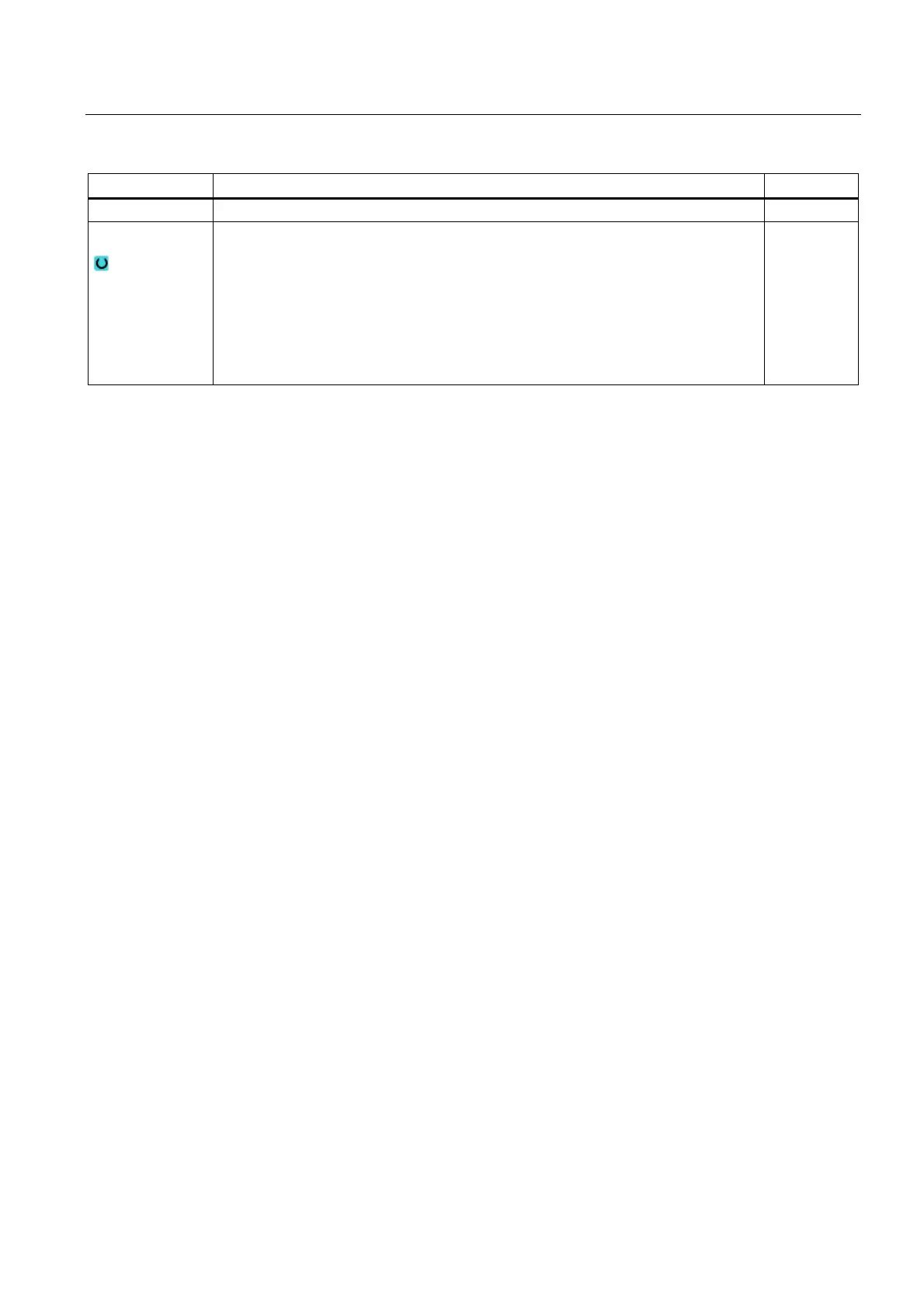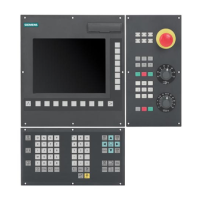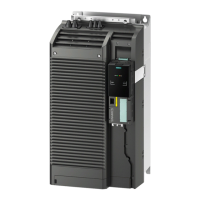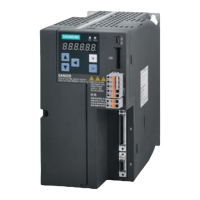Programming technology functions (cycles)
8.5 Contour milling
Turning
Operating Manual, 03/2013, 6FC5398-8CP40-3BA1
467
parameters Description Unit
DZ Maximum depth infeed
Lift mode
Lift mode before new infeed
If the machining operation requires several points of insertion, the retraction height can
be programmed:
• To retraction plane
• Z0 + safety clearance
When making the transition to the next insertion point, the tool returns to this height. If
there are no elements larger than Z0 (X0) in the pocket area, then Z0 (X0) + safety
clearance can be programmed as the lift mode.
mm
mm
8.5.12 Milling contour spigot (CYCLE63)
Function
You can mill any spigot using the "Mill spigot" cycle.
Before you mill the spigot, you must first enter a blank contour and then one or more spigot
contours. The blank contour defines the area, outside of which there is no material, i.e. the
tool moves with rapid traverse there. Material is then removed between the blank contour
and spigot contour.
Machining type
You can select the machining type (roughing, base finishing, edge finishing, chamfer) for
milling. If you want to rough and then finish, you have to call the machining cycle twice (block
1 = roughing, block 2 = finishing). The programmed parameters are retained when the cycle
is called for the second time.
Approach/retraction
1. The tool approaches the starting point at rapid traverse at the height of the retraction
plane and is fed in to the safety clearance. The cycle calculates the starting point.
2. The tool first infeeds to the machining depth and then approaches the spigot contour from
the side in a quadrant at machining feedrate.
3. The spigot is machined in parallel with the contours from the outside in. The direction is
determined by the machining direction (climb/conventional) (see "Changing program
settings").
4. When the first plane of the spigot has been machined, the tool retracts from the contour
in a quadrant and then infeeds to the next machining depth.
5. The spigot is again approached in a quadrant and machine in parallel with the contours
from outside in.

